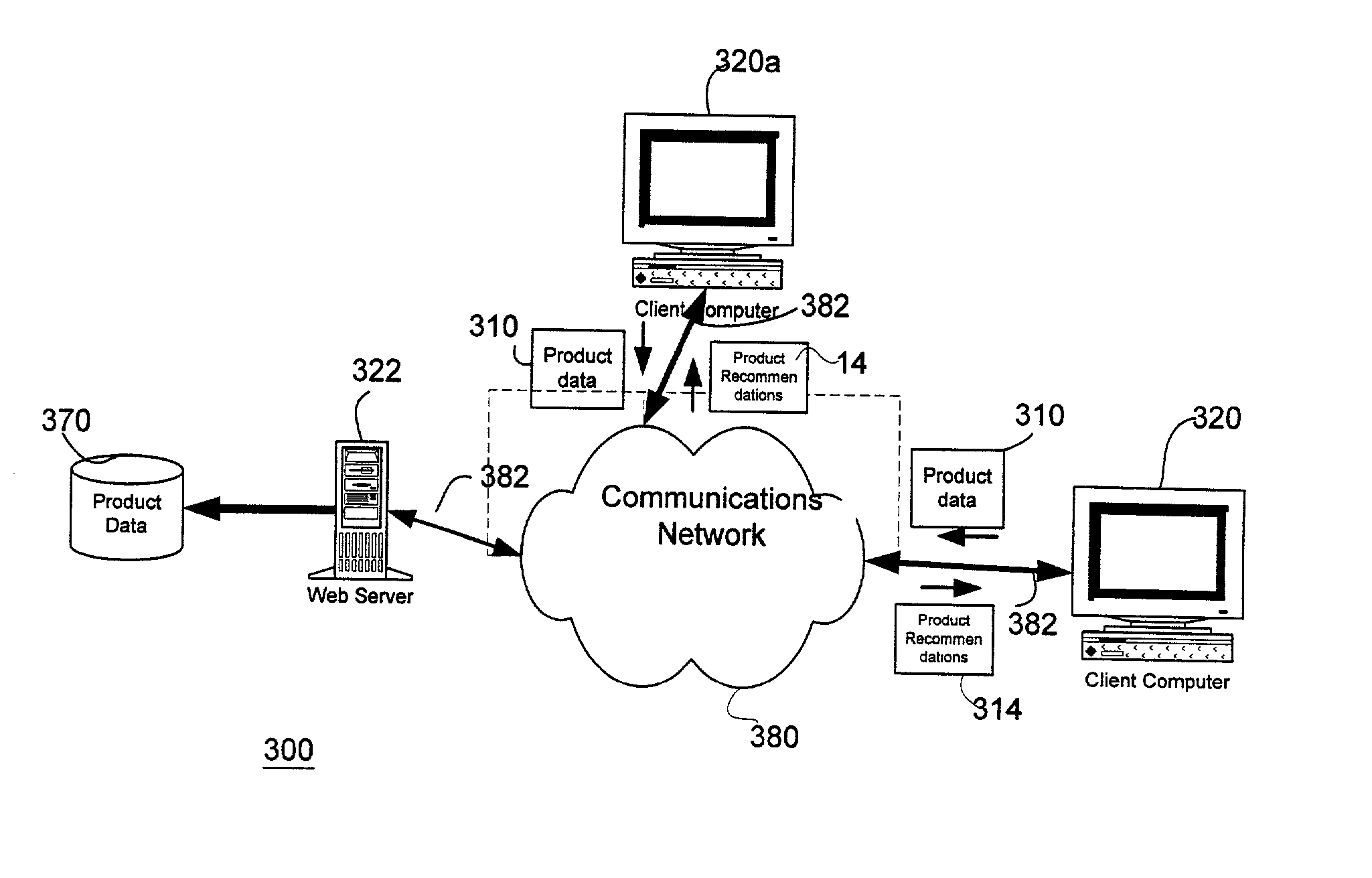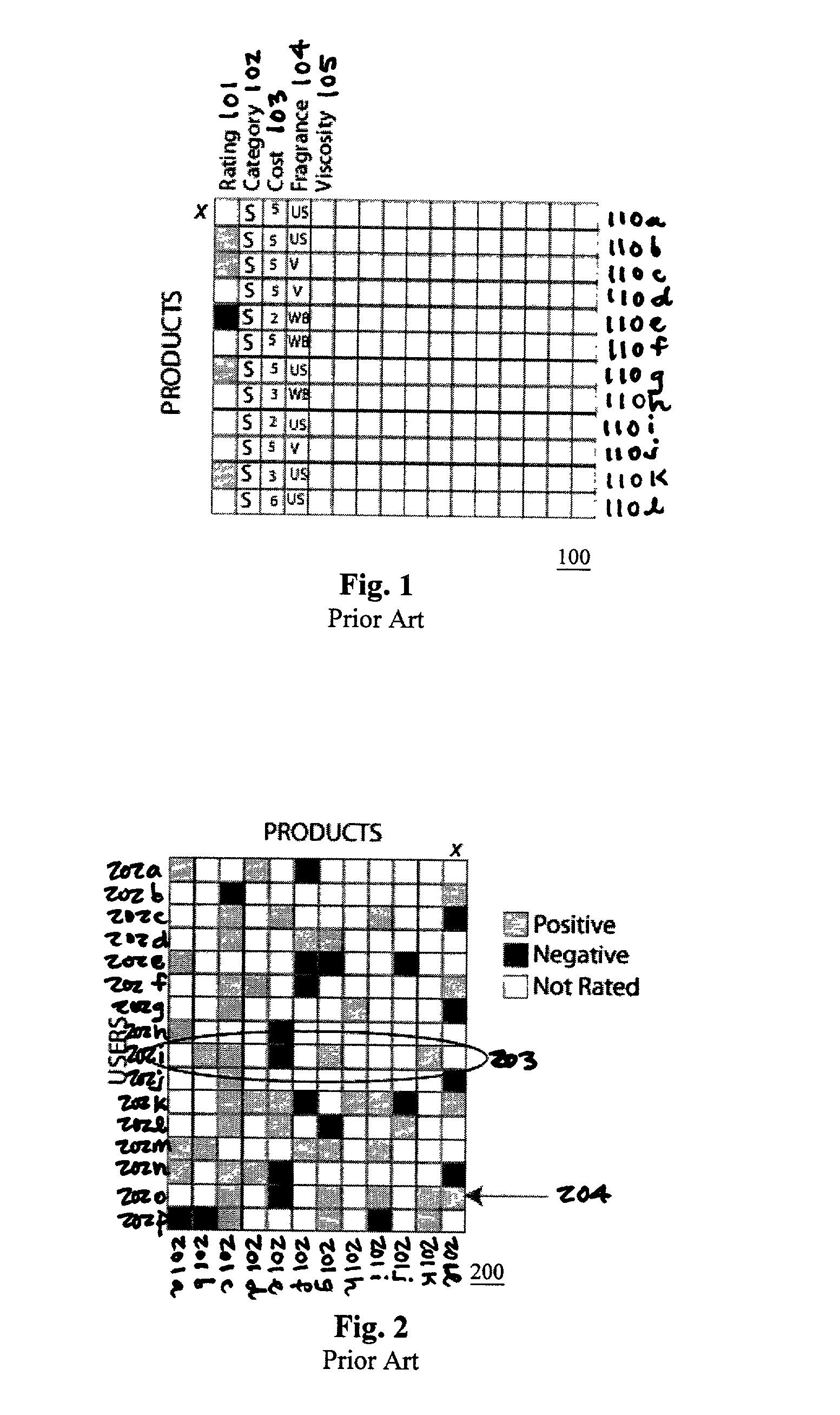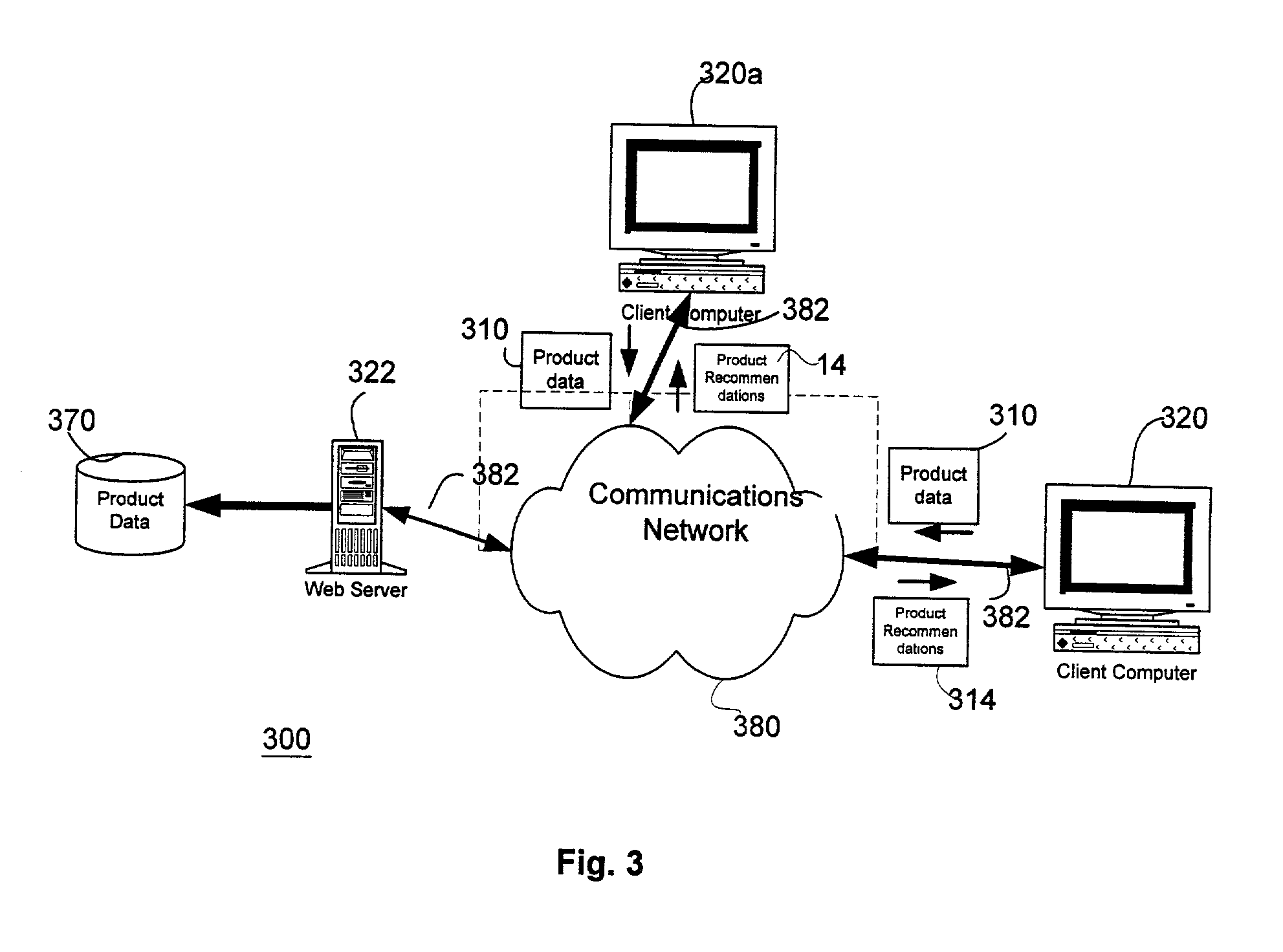Intelligent performance-based product recommendation system
a product recommendation and intelligent technology, applied in the field of intelligent performance-based product recommendation systems, can solve the problems of inability of consumers to meaningfully compare conditions pre- and post-product use, inability to accurately predict product performance and consumer preferences, and inability to fully appreciate the effects of many products
- Summary
- Abstract
- Description
- Claims
- Application Information
AI Technical Summary
Benefits of technology
Problems solved by technology
Method used
Image
Examples
Embodiment Construction
[0066] Throughout the following detailed description similar reference numbers refer to similar elements in all the drawings. Also, embodiments of the invention are discussed and described herein for the most part in terms of skin care and skin care products. The invention, however, is in no way limited to skin care or skin care products . Rather, the invention is broadly applicable to a vast array of target substrates and product categories.
[0067] Exemplary Systems
[0068] FIGS. 3 and 4 illustrate first and second exemplary network environments respectively in which the present invention may reside. Of course, actual network environments may be arranged in a variety of configurations and the invention is in no way intended to be limited to the embodiments depicted and described herein. The environment illustrated in FIG. 3 is that of a client-server system 300. System 300 includes client computers 320, 320a, which could be personal computers, thin clients, hand-held computing devices...
PUM
 Login to View More
Login to View More Abstract
Description
Claims
Application Information
 Login to View More
Login to View More - R&D
- Intellectual Property
- Life Sciences
- Materials
- Tech Scout
- Unparalleled Data Quality
- Higher Quality Content
- 60% Fewer Hallucinations
Browse by: Latest US Patents, China's latest patents, Technical Efficacy Thesaurus, Application Domain, Technology Topic, Popular Technical Reports.
© 2025 PatSnap. All rights reserved.Legal|Privacy policy|Modern Slavery Act Transparency Statement|Sitemap|About US| Contact US: help@patsnap.com



